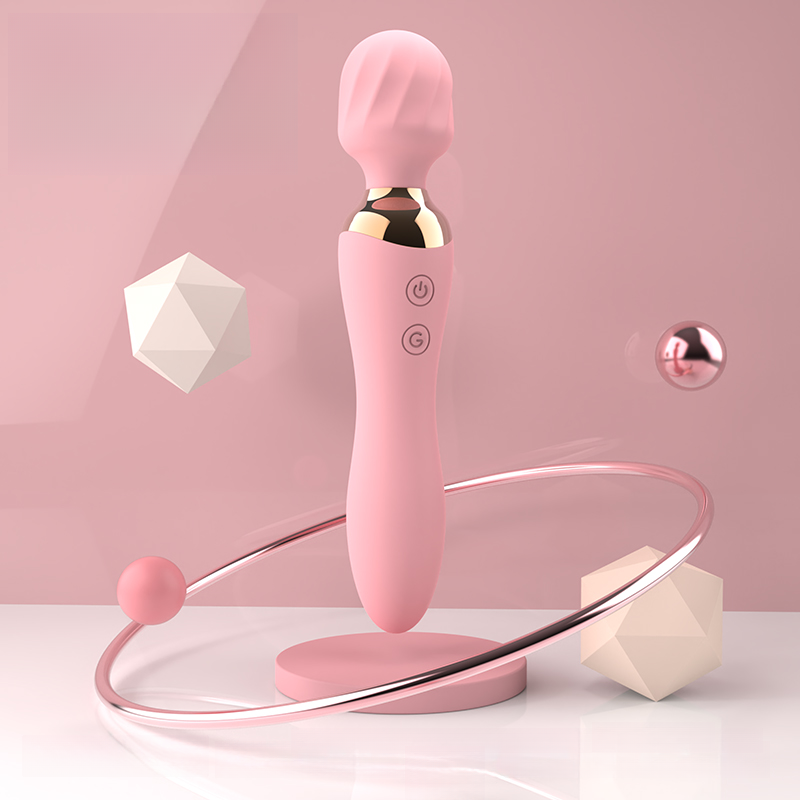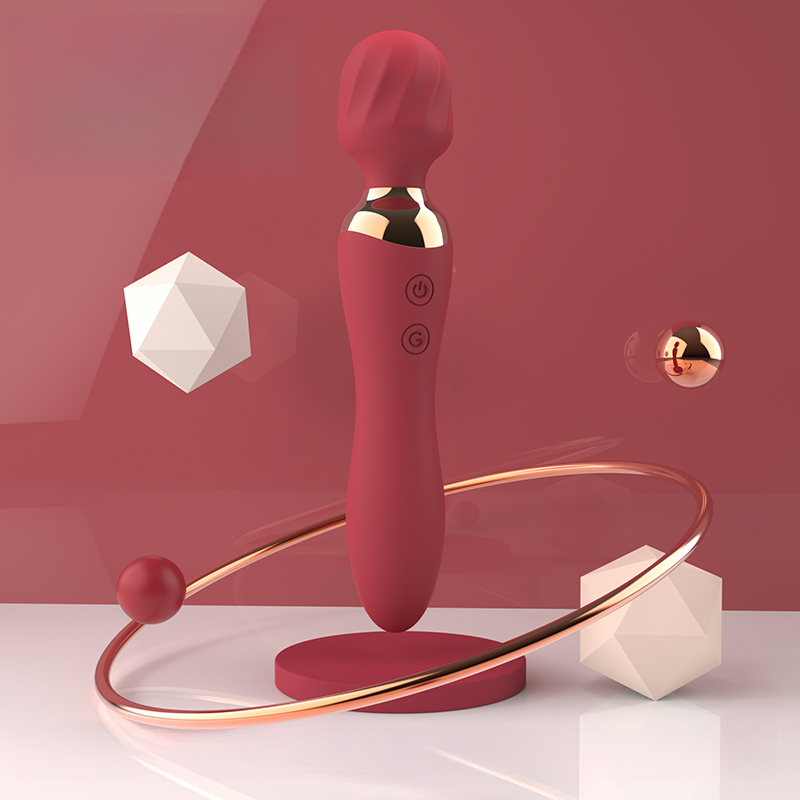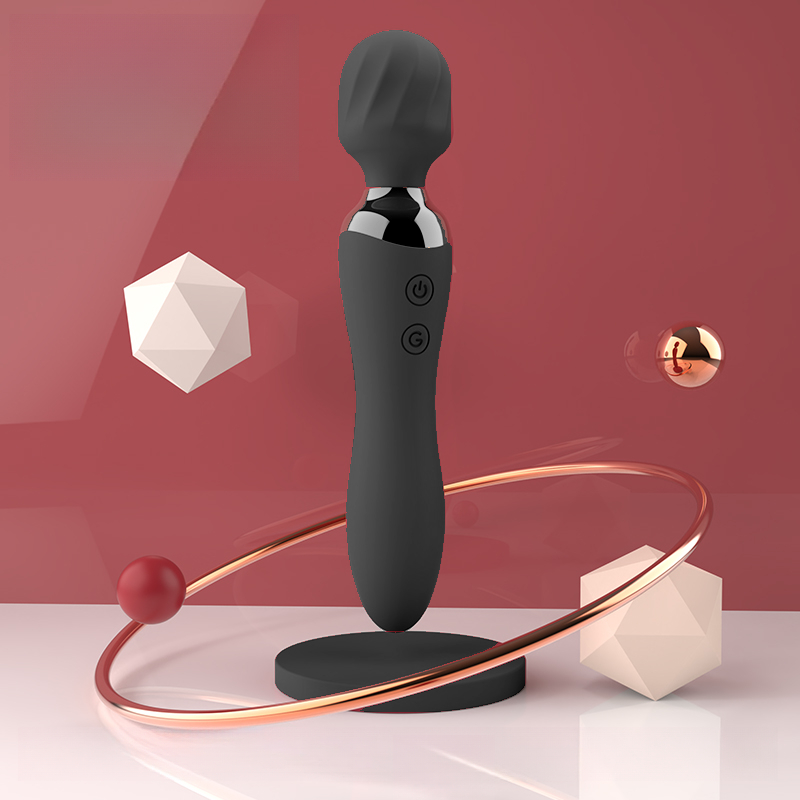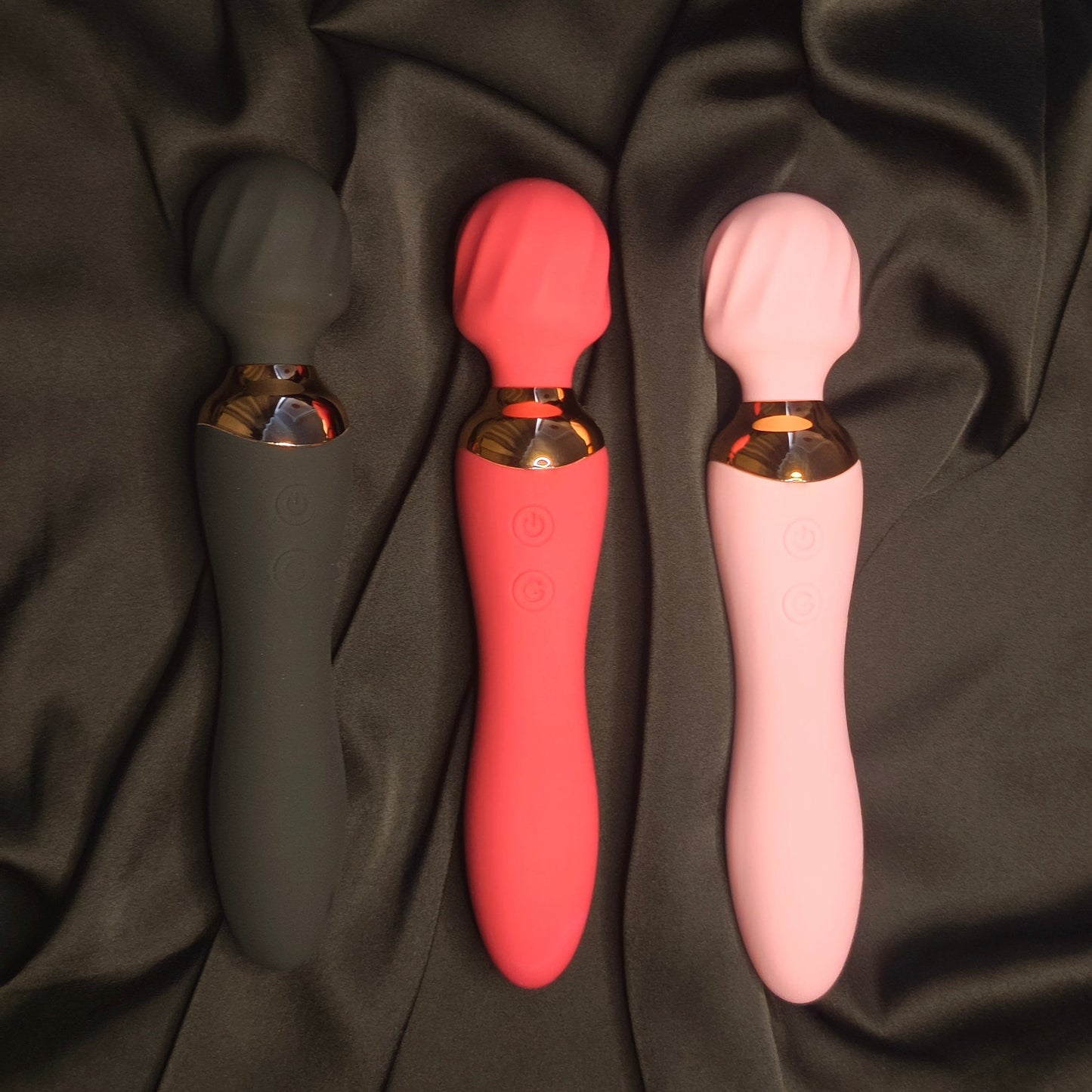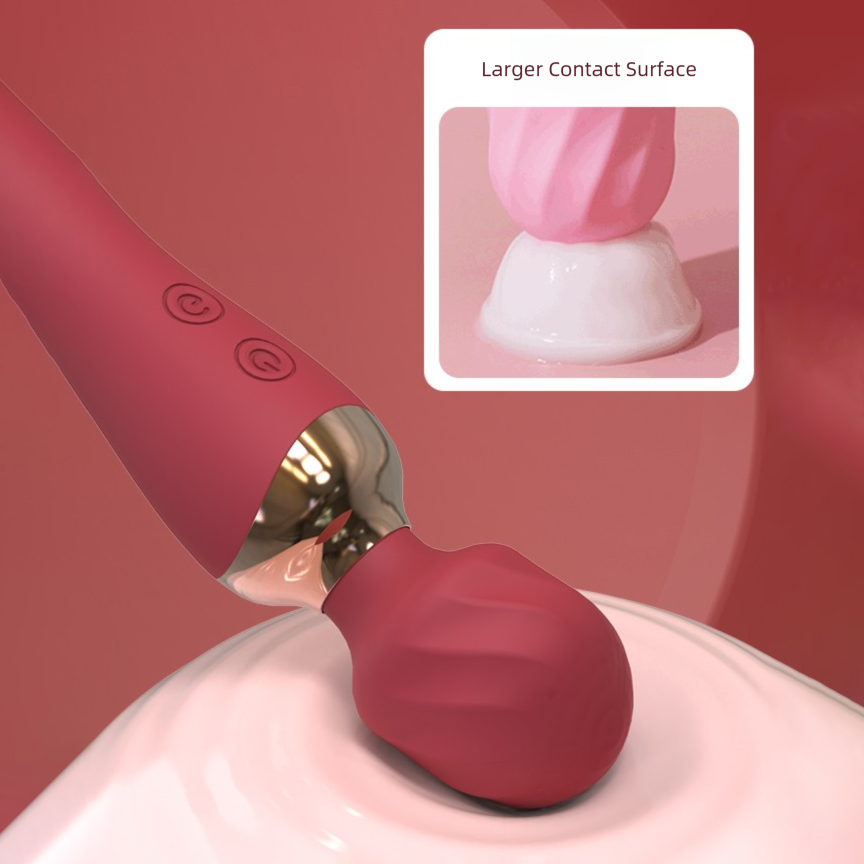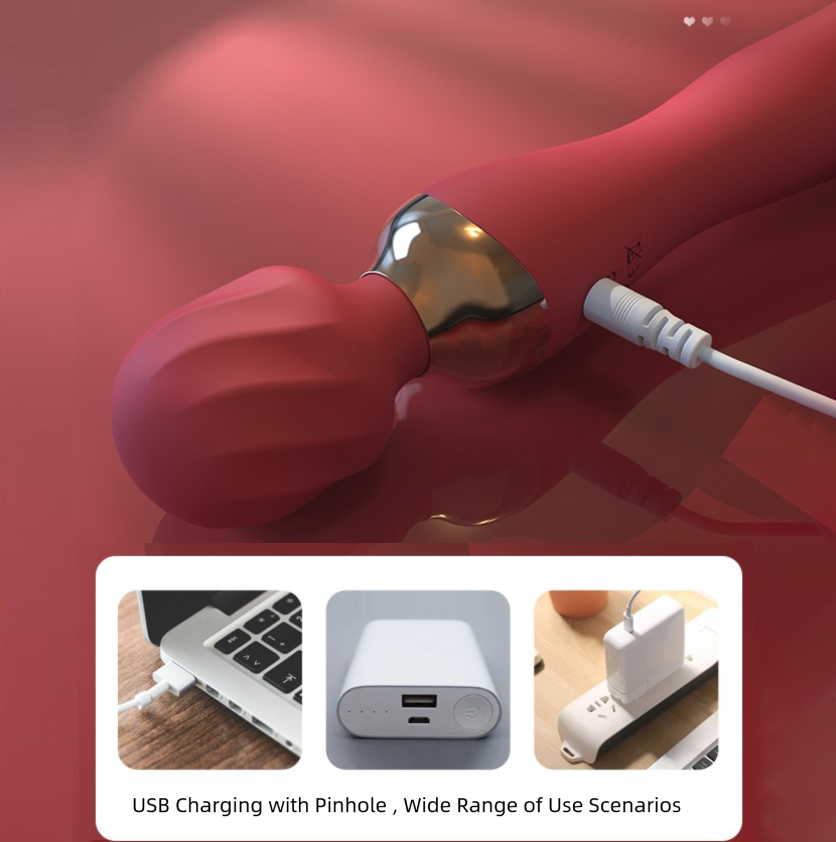
Learn the secrets of how to squirting
Sex is full of mysteries, surprises, and discoveries. One of the most talked about experiences in the bedroom is squirting, also called female ejaculation. For some, it’s a magical and intense sensation; for others, it’s elusive or never happens at all.
If you want to know how to make her squirt, if every girl can squirt, or if you can squirt, this guide is for you. It will help you understand, explore, and enjoy this experience, without any pressure or shame.
1. What Is Squirting?
Imagine this: You’re in a safe, relaxed space. Your body feels warm and alive. As arousal builds, you notice a distinct, sometimes surprising release of fluid. That’s squirting, and it’s not just a myth, it’s a real physiological response.
Squirting is different from everyday lubrication. It involves the Skene’s glands, tiny structures near the urethra, often called the female prostate.
When stimulated, usually through the G-spot, these glands release fluid. This fluid can contain prostate-specific antigen (PSA) and other enzymes. Unlike urine, this fluid has a unique composition, though it may contain small traces of urine.
1.1 Body and Mind Connection
Squirting isn’t purely physical. Your mindset plays a huge role. Stress, self-consciousness, or distraction can block it entirely. Feeling safe, confident, and connected either with a partner or yourself creates the conditions where squirting is more likely.
Think of it like trying to sneeze in a quiet room. Your body can do it, but the setting and your mood affect if it happens.
2. Can Every Girl Squirt?
Here’s a truth you need to hear: not all women can squirt, and that’s perfectly normal. Trying to force it or treating it as a benchmark of sexual prowess adds unnecessary pressure.
2.1 Anatomy Makes a Difference
Everyone’s body is unique. Some women have a prominent G-spot and Skene’s glands that respond easily to stimulation. Others may have less pronounced tissue, making fluid release harder or impossible. This doesn’t mean that pleasure has limitations, it just appears different.
2.2 Mind Matters
A relaxed, playful mindset enhances responsiveness. Anxiety about performance, body image worries, or fear of judgment can inhibit squirting completely. Feeling open, trusting your body, and having a supportive partner can make a huge difference.
2.3 Practice and Exploration(Double-headed wand vibrator)
Many women discover squirting gradually, through solo exploration or patient experimentation with a partner. Learning what motions, angles, and rhythms feel best often takes repetition, curiosity, and self-compassion.
Key takeaway: Squirting is optional, not essential. Sexual satisfaction comes in many forms.
3. How to Make Her Squirt
Helping a partner experience squirting requires patience, attention, and communication. Here’s a detailed approach:
3.1 Setting the Stage
Start with extended foreplay:
- Slow kissing and gentle touching
- Exploring erogenous zones: neck, inner thighs, nipples
- Sensual massage to relax the body and build anticipation
The goal is to increase blood flow and arousal, creating a relaxed state where the G-spot can respond.
3.2 G-Spot Stimulation (Spicy Vibrating Dildo)
Once your partner is aroused:
- Insert one or two fingers or a curved toy about 2-3 inches inside the anterior vaginal wall.
- Use a “come-hither” motion, curling fingers toward the navel repeatedly.
- Adjust pressure: firm enough to stimulate, gentle enough to avoid discomfort.
Some prefer pulsing, circular motions, or rhythmic pressure. Every body responds differently, so listen and watch for feedback.
3.3 Positions That Help
Certain positions optimize access:
- Missionary with hips elevated: Deep penetration, direct G-spot contact
- Doggy style with pelvic tilt: Firm internal angle, easy to stimulate
- Side-lying or kneeling: Allows precise manual or toy stimulation
Experiment and adapt. Comfort and pleasure always come first.
3.4 Emotional Safety and Communication
Encourage your partner to relax. Use deep breathing, gentle words, and affirmations. Ask for feedback: “Does this feel good?” or “Do you want me to change the pressure?”
Remember: the goal is shared enjoyment, not just fluid release.
Example Scenario:
Jenna and her partner tried squirting for the first time. By focusing on playful foreplay and verbal encouragement, they discovered what motions felt best. Jenna released fluid eventually, but more importantly, both felt deeply connected and playful during the process.

4. How to Make Yourself Squirt
Solo exploration is a safe, private way to discover your body.
4.1 Creating Your Space
Privacy is key. Choose a warm, comfortable environment free from distractions. Soft lighting, music, or a bath can help you relax.
4.2 Arousal Techniques
- Start with full-body touch: thighs, breasts, neck, lower back
- Use erotic material, imagination, or fantasies to heighten sensation
- Masturbation teaches what motions and pressures feel best
4.3 G-Spot Exploration
- Fingers or a curved toy
- Straight pressure, circular motion, or pulsing
- Watching for sensations like tingling, pressure, or the urge to urinate
4.4 Relaxation and Letting Go
Deep breathing, pelvic floor relaxation, and self-compassion help fluid release. Tension can block the response.
4.5 Patience and Consistency
Squirting may not happen immediately. Each session is a learning experience. Keep a playful, exploratory mindset.
4.6 Lubrication and Toys
Use water-based lube for comfort. Gentle vibrations or warmed toys can enhance sensitivity.
Example:
Samantha explored solo for a few weeks using a small G-spot vibrator. She learned how to create pressure without feeling discomfort. Eventually, she experienced her first squirt. This helped her gain confidence and self-awareness.
5. Understanding the Fluid
Squirting fluid contains:
- Skene’s gland secretions
- Possible traces of urine
- Enzymes like PSA
Volume and texture vary. Some people release a small amount, others a lot. Hydration, arousal level, and technique affect how it appears.
6. Common Myths and Misconceptions
All women can squirt: False. Anatomy and sensitivity differ.
Squirting equals ultimate pleasure: False. Satisfaction is subjective.
Squirting must be dramatic: False. It can be subtle or pronounced.
Squirting is shameful: False. Understanding biology normalizes it.
7. Tips for Beginners and Partners
- Hygiene: Wash hands, clean toys
- Lubrication: Use water-based lube for comfort
- Communication: Discuss comfort levels, boundaries, and preferences
- Relaxation: Use breathing, supportive positions, and playful experimentation
- Patience: Enjoy the process without pressure
Example:
Taylor and her partner spent weeks exploring playful techniques without expectation. Their focus on fun and comfort led to a natural squirting experience, strengthening intimacy.
8. Psychological Insights and Sexual Confidence
Early positive experiences with sexual exploration, including squirting, can:
- Boost sexual self-efficacy
- Improve communication with partners
- Increase pleasure and reduce anxiety around intimacy
Squirting should be seen as a tool for connection and self-discovery, not a performance metric.
9. Real-Life Anecdotes
- Anna, 26, discovered squirting through solo exploration using a curved toy and water-based lube.
- Emily, 32, experienced squirting with a partner after focusing on foreplay and G-spot stimulation.
- Maya, 24, never squirted and felt fully satisfied through clitoral stimulation and orgasms alone.
Takeaway: experiences are varied, and each is valid.
10. Final Thoughts
Squirting is an optional, exciting part of sexual pleasure. Whether exploring solo or with a partner, focus on:
- Comfort and consent
- Playfulness and curiosity
- Communication and connection
Some people will never squirt, and that’s perfectly normal. Sexual fulfillment comes in many forms, and squirting is just one of them.
References
Femia Health: What Is Squirting?
Verywell Health: What to Know About a Squirting Orgasm
Glamour: How to Squirt, According to a Record-Holding Squirter and a Neuroscientist


